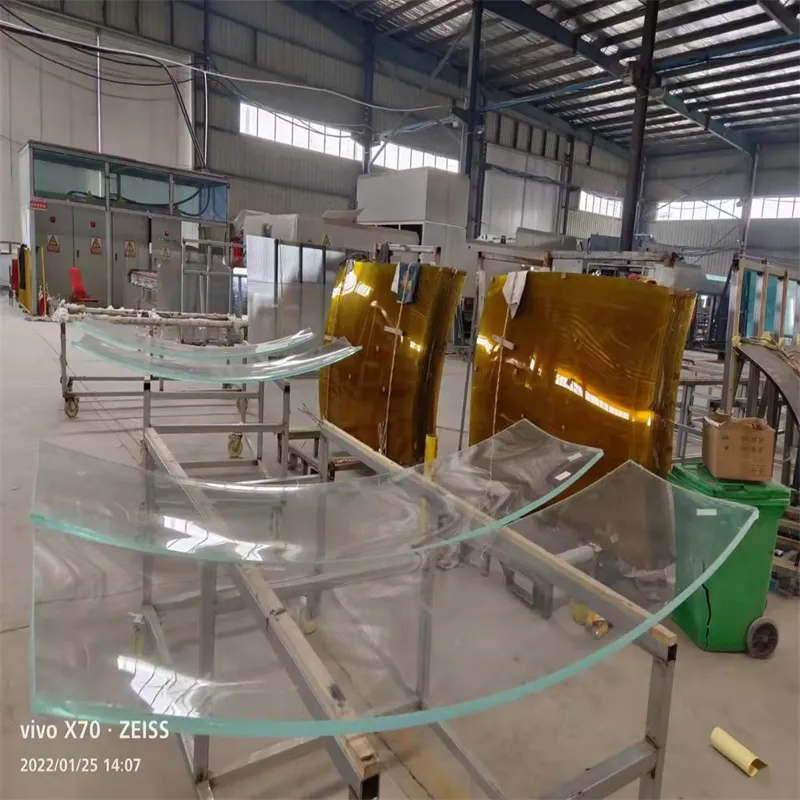Dec . 24, 2024 03:34 Back to list
glass mirror etching design
The Art of Glass Mirror Etching Design and Techniques
Glass mirror etching is a captivating art form that transforms ordinary mirrors into stunning pieces of art. By utilizing various techniques, artists can create intricate designs that enhance the aesthetic appeal of mirrors while showcasing their personal flair. This craft combines creativity with precision, making it an intriguing hobby or profession for many.
At its core, glass mirror etching involves the application of acid or a sandblasting technique to remove a fine layer of the mirror's surface. This etching reveals a frosted design beneath, creating a contrast against the reflective surface of the glass. The result is a visually striking piece that can serve as a focal point in any room, adding both beauty and character to the space.
The design process is perhaps the most vital step in glass mirror etching. Artists often begin by brainstorming ideas and creating sketches of their intended designs. These may include anything from simple geometric patterns to elaborate floral motifs or intricate scenes. The key is to ensure that the design will translate well onto the glass surface, taking into consideration the size and shape of the mirror.
The Art of Glass Mirror Etching Design and Techniques
After the design is applied to the mirror, the etching process can begin. There are two primary techniques for etching glass acid etching and sandblasting. Acid etching involves applying a specific type of acid (often hydrofluoric acid) to the glass surface. This acid reacts with the silica in the glass and creates a frosted effect. While this method can produce detailed and smooth finishes, it requires meticulous safety precautions due to the hazardous nature of the chemicals involved.
glass mirror etching design

On the other hand, sandblasting uses a high-pressure stream of abrasive material to etch the glass. This method provides a more textured finish and allows for varied depths in the design, giving the final product a unique look. Sandblasting can be particularly effective for creating three-dimensional effects or layering different designs.
Once the etching is complete, the artist typically cleans the mirror to remove any residue from the etching process. This step is essential to ensure that the final product showcases the design in its best light. After cleaning, the mirror can be framed or left unframed, depending on the artist's vision.
Glass mirror etching is not only about aesthetic appeal; it can also serve functional purposes. Customized mirrors can be designed for specific themes or events, making them perfect for weddings, anniversaries, or business promotions. Engraved mirrors can also be incorporated into home décor, offering a touch of elegance and personalization.
In recent years, the accessibility of glass mirror etching has increased, thanks to the availability of kits and tools for hobbyists. This has led to a growing interest in the craft, encouraging more people to explore their artistic side. Many artists also share their creations on social media platforms, inspiring others and fostering a vibrant community of glass etching enthusiasts.
In conclusion, glass mirror etching is a beautiful intersection of art and craftsmanship. Whether for personal enjoyment or professional engagement, the ability to transform a simple mirror into a work of art opens doors to creative expression. With a bit of practice, anyone can embark on this journey of artistic discovery, crafting unique and memorable pieces that reflect their individuality and style. As this art form continues to evolve, it remains a timeless way to enhance spaces while celebrating the beauty of glass.
-
Safety and Style with Premium Laminated Glass Solutions
NewsJun.24,2025
-
Reinvents Security with Premium Wired Glass
NewsJun.24,2025
-
Premium Float Glass Line for Modern Architecture
NewsJun.24,2025
-
Low Emissivity Glass for Energy-Efficient Architecture
NewsJun.24,2025
-
High-Performance Insulated Glass Solutions for Modern Architecture
NewsJun.24,2025
-
Elevates Interior Style with Premium Silver Mirror
NewsJun.24,2025
Related PRODUCTS














